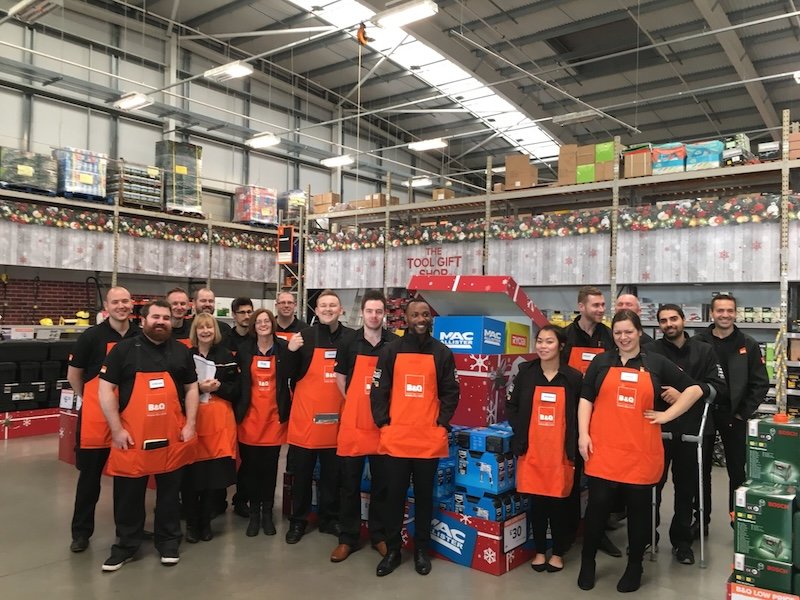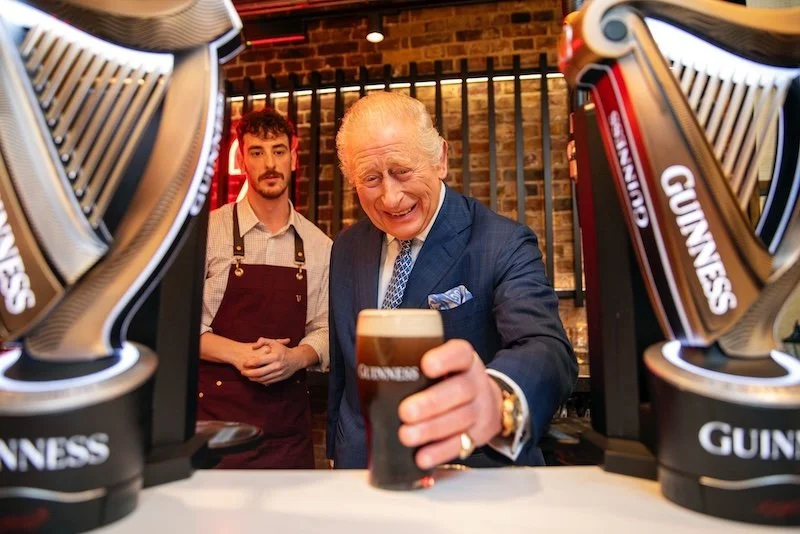Why technology holds the key to the High Street's survival
By Sam Rutley, Managing Director, PushON
In recent years, it has seemed like we’re constantly being bombarded with damning news regarding the state of the High Street. The past few weeks have been no exception, with a report from PwC revealing shops are closing at a rate of 14 a day, and research showing shopper footfall in November 2018 fell to its lowest level since the recession.
The causes of this worrying decline are varied and complex, with significant factors including weak wage growth, inflation and rising overheads. However, arguably the biggest threat to the survival of the High Street has been blamed on technology and the rise of online shopping. Consumer habits are changing, and bricks and mortar stores are struggling to keep up with their e-commerce counterparts on both convenience and price.
Many potential solutions to the growing High Street crisis have been proffered by various sources. Most recently, Sports Direct owner Mike Ashley told MPs on the committee for housing, communities and local government that he believes a 20% tax should be imposed on online sales, to force people back to physical stores.
This controversial idea has been widely criticised, with many retail experts agreeing that Ashley’s suggestion would unhelpfully widen the divide between online and in-store shopping. Instead, retailers should focus on using technology to their own advantage, both to enhance their omnichannel strategy and to offer unique in-store experiences to customers that e-commerce can’t compete with.
The importance of physical stores in an omnichannel strategy
Omnichannel retailing is a fully-integrated approach to commerce that provides shoppers with a seamless, effortless experience across all online and offline channels, including bricks ands mortar stores, mobile-browsing, e-commerce marketplaces, and social media platforms.
For retailers, adopting this approach makes good business sense, as studies have shown that the majority of shoppers now use multiple channels to make a purchase. Our own research earlier this year revealed that 52% of people think retailers should invest in technology that enables a better omnichannel experience.
However, in their efforts to improve their omnichannel offering, some retailers have been neglecting their bricks and mortar stores in favour of their online channels. For instance, when it announced in December that it would be closing all but one of its UK stores, Clas Ohlson blamed the costs associated with its digital transformation, which has seen the retailer place increasing focus on digital channels and home deliveries.
This could prove to be a big mistake. Our report showed that 81% of UK consumers believe brick-and-mortar shops are vital to the shopping experience, and 70% enjoy the full experience of going in-store to browse, especially when making larger, more expensive purchases. This suggests that physical stores are still a critical part of the omnichannel equation.
More and more companies are choosing to deliver frictionless purchasing via Click and Collect, with products ordered online increasingly picked up in-store. Not only is this service great for customers, but it has also been shown that shoppers spend up to 20% more when they collect their orders themselves.
Meanwhile, product pages on a retailer’s e-commerce site can also show potential customers which stores in their vicinity have specific items in stock, which reduces the likelihood of customers having to venture from store to store in search of a particular product. Equally, digital technology in-store lets retailers help shoppers find what they want and make the sale, even if the product is out of stock.
How technology can create richer in-store experiences
In this new era of one-click ordering and next day deliveries, in-store shopping can no longer compete with e-commerce on a purely transactional basis. So, in addition to bridging the gap between in-store and online, retailers should be looking at how technology can help them to transition from a transactional offering to one that is more experiential.
A key element of experiential retail is to provide shopping experiences that are more personal, immersive and satisfying. To create richer experiences both online and offline, traditional retailers are employing a number of modern technologies, including artificial intelligence (AI), virtual reality (VR) and augmented reality (AR).
In a bricks and mortar store, AR can be used to allow customers to overlay products onto real world images, for example, placing products on pictures of themselves or their homes, offering them new ways of viewing products. While VR can transport customers to a virtual world, so they could view a holiday destination or test drive a car without leaving the showroom.
Luxury e-commerce brand Farfetch is one retailer that has already recognised the value of technologically-enhanced in-store experiences, and its CEO has been very vocal about his vision for the ‘Store of the Future’. At one of its recent pop-up stores in London, the brand provided connected clothing racks, and sign-in stations which enabled customers to search their Farfetch purchase history and online wishlist, providing valuable customer insight for the sales assistants.
There were also smart touchscreen mirrors, so customers could request different sizes, alternative products or even pay without leaving the dressing room. The technology also gave customers the opportunity to customise and order shoes, with different styles and fabrics. The focus was on using technology in a way that would allow customers to enjoy a bespoke and effortless experience, combining the best parts of shopping in-store, with the speed and convenience of e-commerce.
It is therefore clear that, despite the concerning reports to the contrary, there is undoubtedly still a place for bricks and mortar stores in today’s changing retail landscape. By implementing technology to help them to offer a smoother omnichannel model, and better, more personal in-store experiences, retailers can increase revenue and establish more customer loyalty. Technology may have been the cause of the High Street’s problems, but used successfully, it could also be its saviour.










Continue reading…